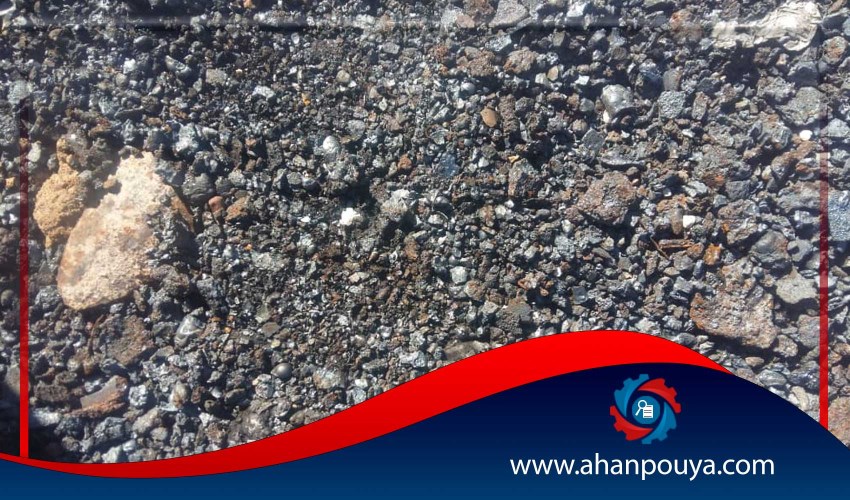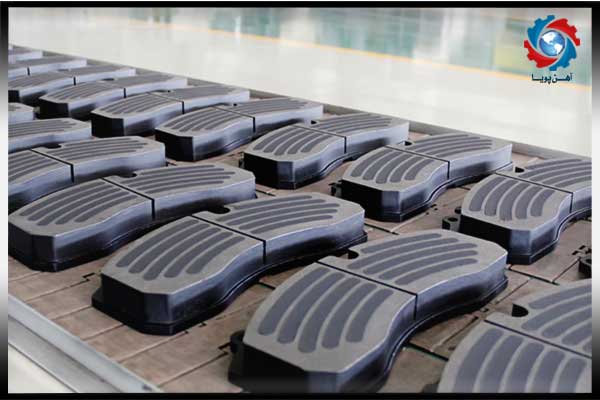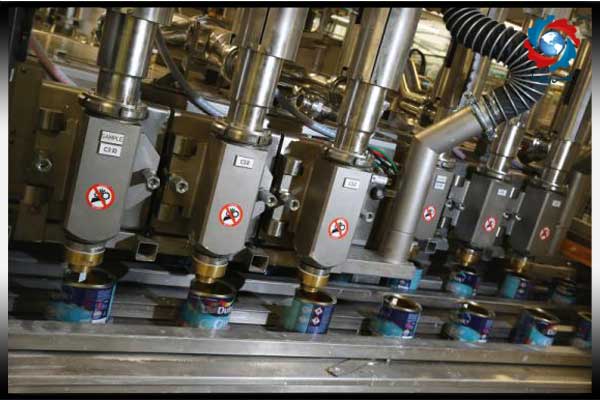
Iron is one of the most essential and widely used metallic elements in the world. Thanks to its unique physical and chemical properties, it finds applications across various industries. Iron, with the chemical symbol Fe and atomic number 26, is located in group 8 of the periodic table and is considered the primary base for manufacturing different alloys, especially steel.
In iron and steel-related industrial processes, a byproduct known as iron filings or iron powder is generated. Despite its simple appearance, this material has significant practical value in many industries. In this article, we will thoroughly examine iron powder, how it is produced, its characteristics, and its broad applications across various sectors.
Iron powder, also known as iron filings, refers to fine metallic particles created during mechanical operations such as cutting, filing, drilling, or machining metal parts. These particles, considered steel waste, are recyclable and can be reintegrated into various industrial processes.
Non-reduced iron powder: Black or charcoal-colored, containing iron oxides
Reduced iron powder: Gray in color, with higher purity and reactivity
The reuse of iron powder offers numerous benefits, including:
1.Reduction in production costs and raw material consumption
2.Preservation of natural resources and waste minimization
3.Energy savings and increased production efficiency
4.Versatile applications across a wide range of industries
One of the main uses of iron powder is reintroducing it into the steel production cycle. Along with iron oxide scales, it is used in the production of:
1.Cold briquettes
2.Iron pellets
3.Sinter (agglomerated iron)
These intermediate products play a crucial role in the steel production chain and contribute to increased efficiency.

Recycled iron powder is used in the formulation of automotive brake pads. Through specific processing, it can serve as a filler or friction material in brake components.
Notably, brake pads containing iron powder demonstrate excellent friction performance and heat resistance, often outperforming those made with sponge iron.

Iron is a vital micronutrient required for plant growth. Iron deficiency in plants leads to chlorosis, commonly known as iron-deficiency yellowing, which disrupts photosynthesis and growth.
Iron powder can be directly applied in tree pits or agricultural fields to enrich soil and support plant health. This method offers a simple and effective solution for iron-deficient soils.
Due to its magnetic properties, iron powder is used in laboratory experiments related to magnetic fields, magnetometry, and even in the production of industrial slimes.
Additionally, iron filings are used in educational kits and demonstrations in schools and universities.
Another specialized use of iron powder is as a pigment in the formulation of industrial paints. Iron-based paints are characterized by:
High resistance to moisture and environmental conditions
Penetration capability into wood and metal surfaces
Application in woodworking, metal industries, and industrial painting
Before use, chemical analysis is performed to determine the purity, oxide content, and color quality of the iron powder.

Iron powder is also used in the production of welding electrodes. When combined with other minerals in the electrode coating, it enhances welding performance and stabilizes the electric arc.
In industries dealing with magnets or ferromagnetic components, iron powder plays a vital role. Thanks to its high reactivity and magnetic properties, it is used in the manufacture of magnetic cores, electronic filters, and specialized industrial equipment.
To utilize iron powder efficiently, the following steps are typically performed:
Screening and removal of impurities
Thermal processing or chemical reduction (if necessary)
Packaging and distribution to end-users such as steel plants, agricultural sectors, or paint manufacturers
Although iron powder may appear to be a mere industrial waste, it is, in fact, a valuable and multifunctional material. From steel production and brake pads to fertilizers, industrial paints, and lab equipment, this material plays a key role in waste reduction and industrial efficiency.
Using iron powder not only cuts down costs and boosts productivity but also contributes to preserving natural resources and protecting the environment.

Ahan Pouya with more than a decade of best-selling experience, adheres to professional and ethical principles in the field of selling and buying at inside and outside the borders of Iran, helping you in the steel industry.